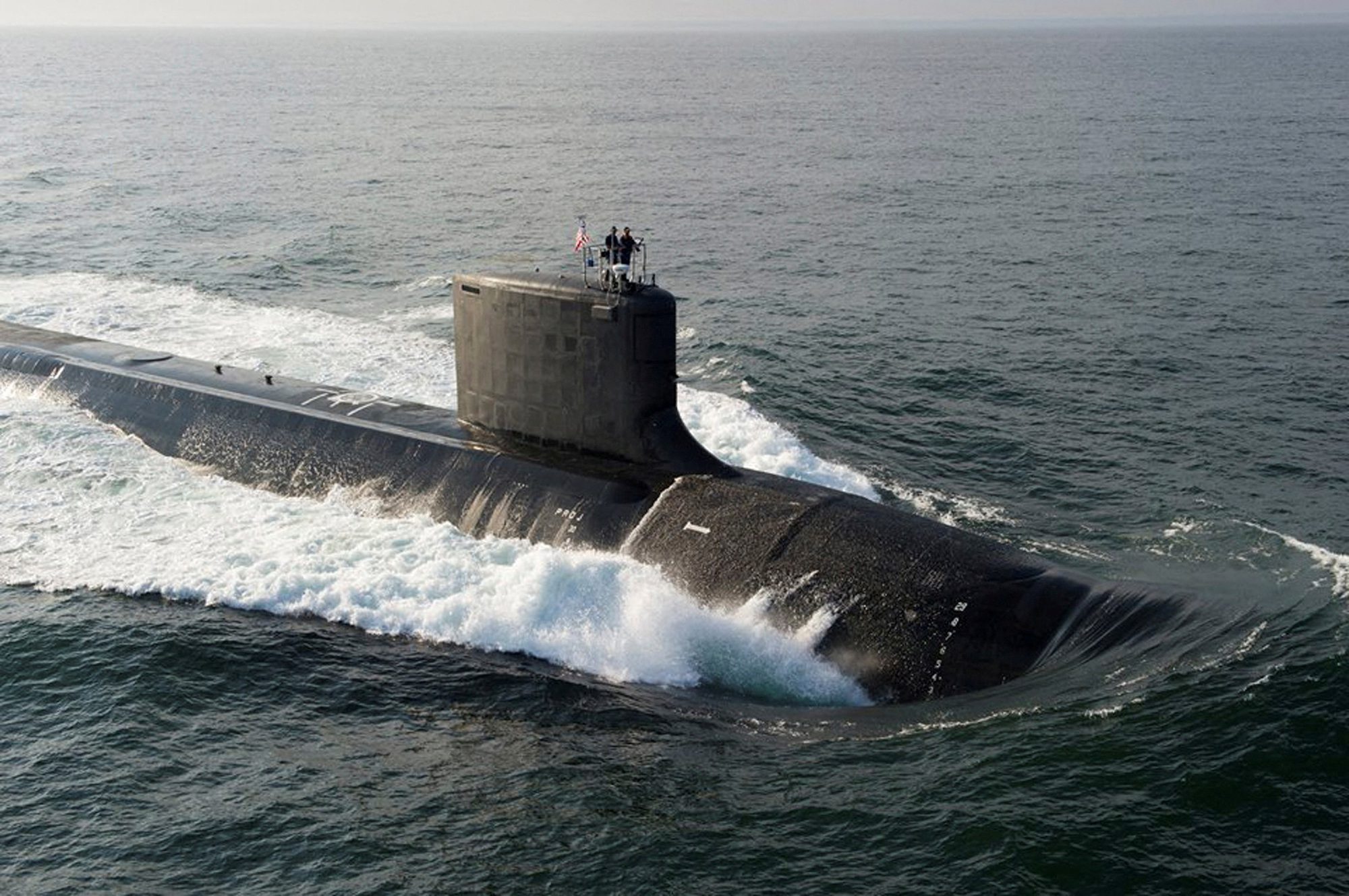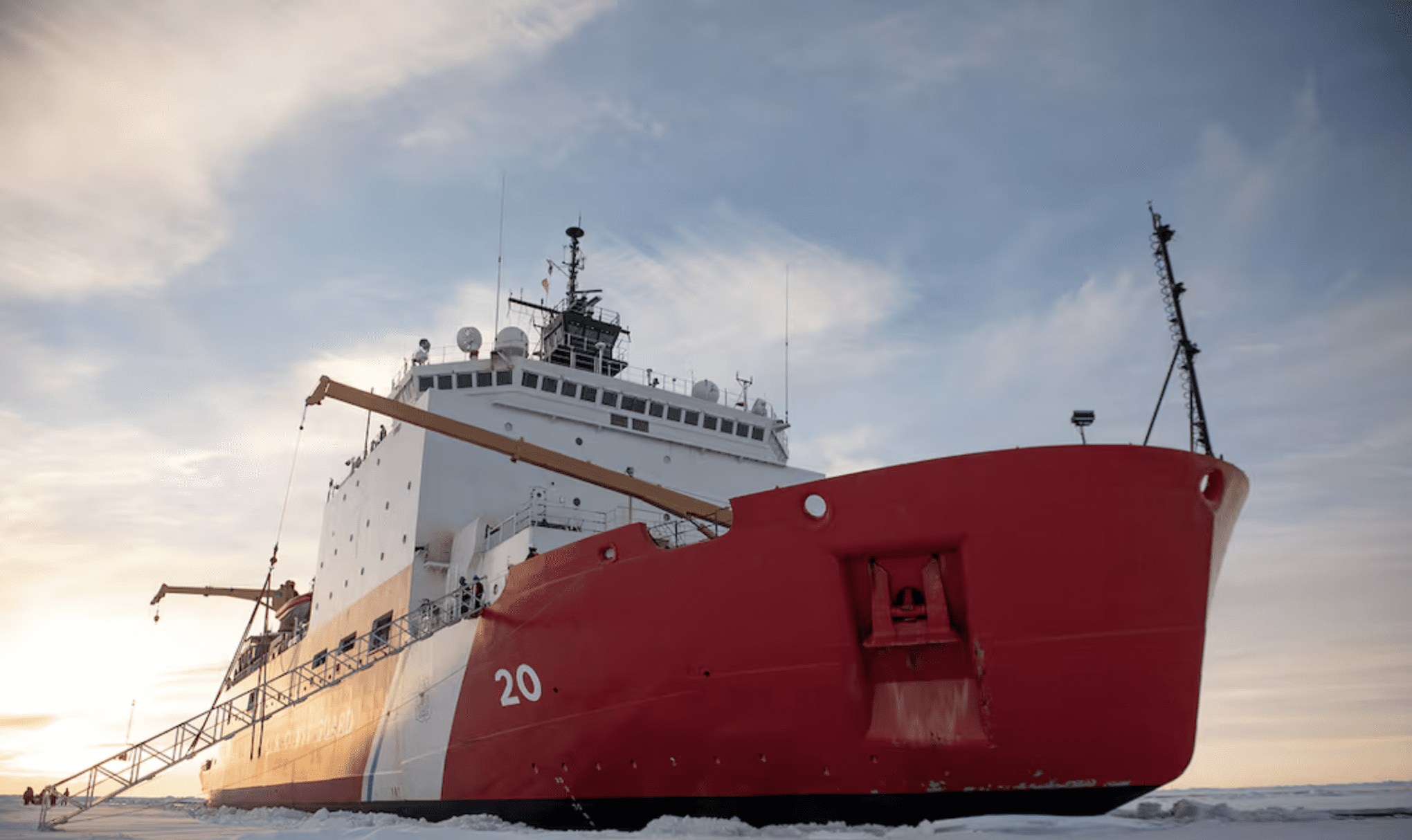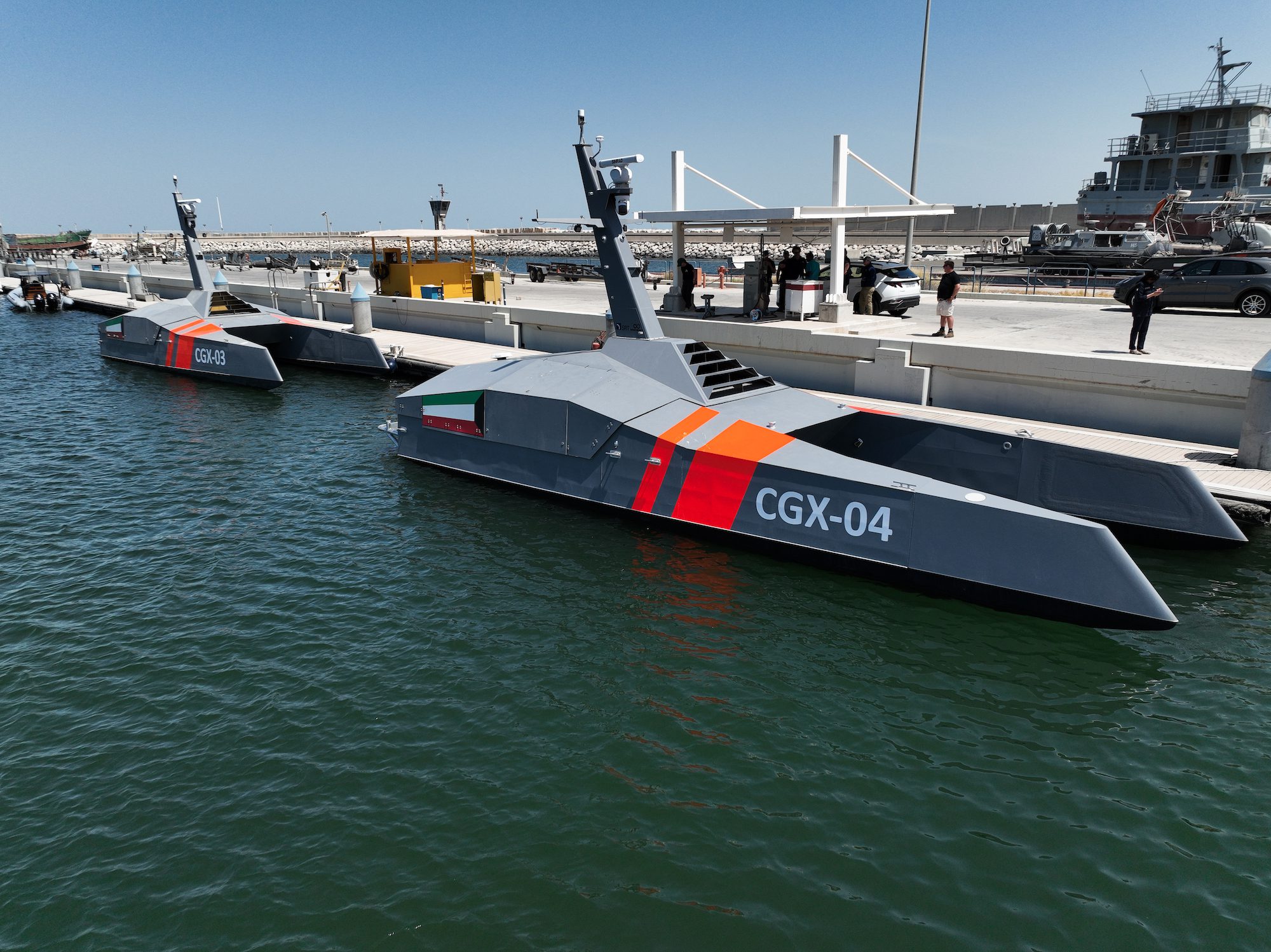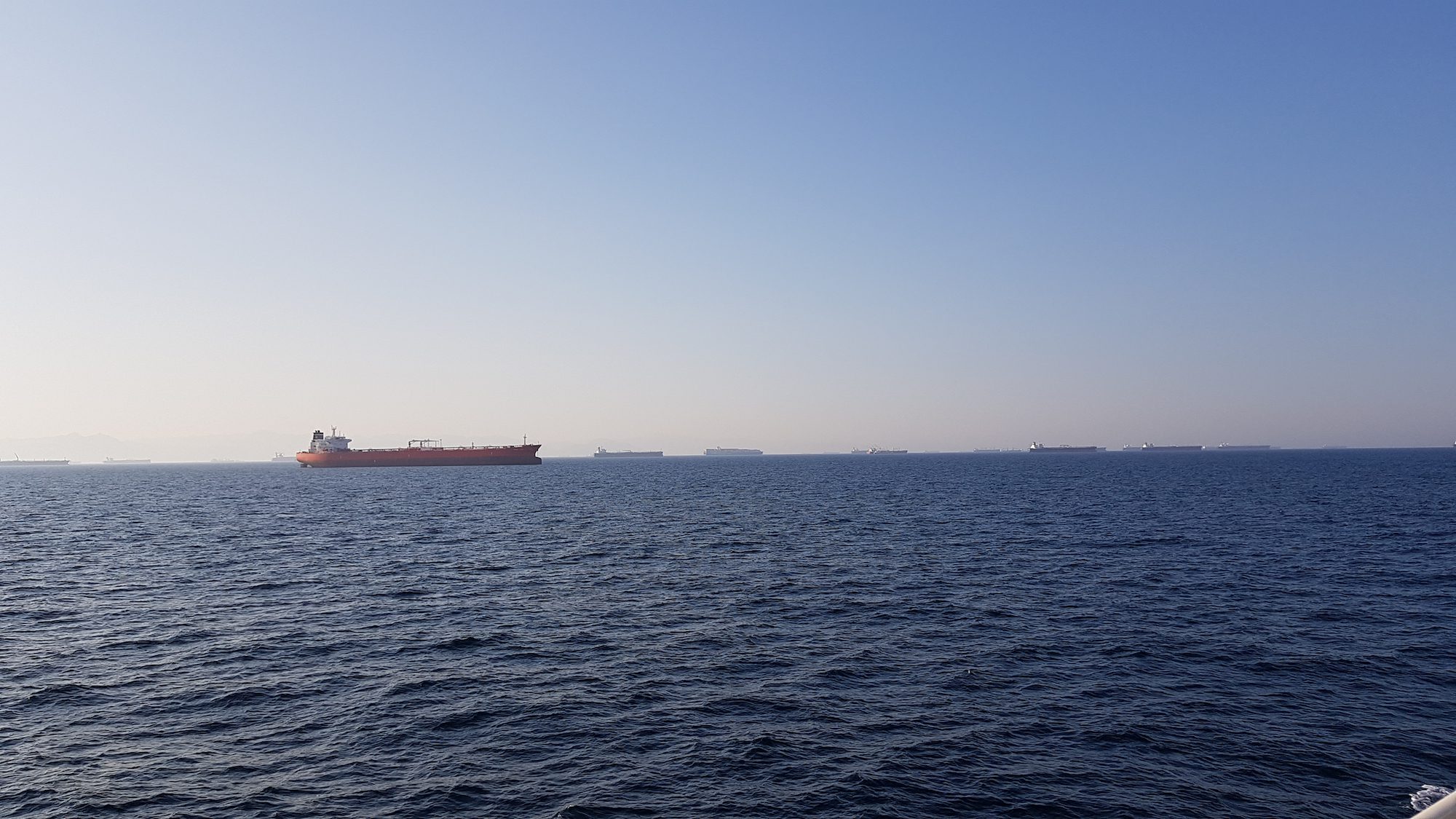(Bloomberg) —
Delays at naval shipyards mean that nearly 40% of US attack submarines are out of commission for repairs, about double the rate the Navy would like, according to new data released by the service.
As of this year, 18 of the US Navy’s 49 attack submarines — 37% — were out of commission, according to previously undisclosed Navy data published by the Congressional Research Service. That leaves the US at a critical disadvantage against China’s numerically superior fleet.
The maintenance backlog has “substantially reduced” the number of nuclear submarines operational at any given moment, cutting the “force’s capacity for meeting day-to-day mission demands and potentially putting increased operational pressure” on submarines that are in service, CRS naval analyst Ronald O’Rourke said in a July 6 report.
That’s up from 28% overall in 2017 and 33% in 2022, and below the industry best practice of 20%.
The Naval Sea Systems Command blamed “planning, material availability, and shipyard execution,” according to a statement issued in response to the new statistics. The service has launched several initiatives to address these “primary maintenance delay” drivers, it said.
The command gave an updated maintenance backlog status, saying that 16 of 49 subs, or 32%, were out of commission as of late June.
US defense officials and lawmakers consider the submarine force a key advantage over China’s bigger navy. The inactive subs are not the nuclear ballistic missile Ohio-class submarines but fast attack boats that can fire torpedoes and Tomahawk cruise missile at vessels and land targets, and perform stealth missions such as surveillance.
The previously undisclosed backlog woes stand in contrast to current Pentagon policy that’s called for increased visibility worldwide for the US sub force as a message to China, Russia and North Korea. The US has occasionally showcased its submarines in the past, but the pace picked up in the last year with publicized port visits in the Arabian Sea, at Diego Garcia, at Gibraltar and in the Atlantic.
The most recent was a June appearance by the guided-missile submarine USS Michigan in Busan, South Korea.
One current example of the extreme backlog is the USS Connecticut, one of three premier Seawolf-class submarines. It struck an underwater mountain in the South China Sea 20 months ago and won’t be back in service until early 2026 at the soonest.
The best year for attack sub availability was fiscal 2015 when 19% — or 10 of the then 53 subs — were in overhaul, according to figures contained in a June 13 Navy information paper.
In 2022, the Government Accountability Office said the Navy lost 10,363 operational days from 2008 through 2018 — the equivalent of more than 28 years — “as a result of delays in getting into and out of the shipyards.”
The newly disclosed statistics “are not surprising considering how the shipyards have been struggling to support the fleet with old facilities and inefficient layouts,” GAO spokesman Chuck Young said. The Navy is five years into a 20-year plan to redesign the four shipyards.
Young said the Navy still doesn’t have reliable cost or schedule estimates five years after the improvement effort began, and likely won’t have a better forecast until 2025.
© 2023 Bloomberg L.P.

 Join The Club
Join The Club











